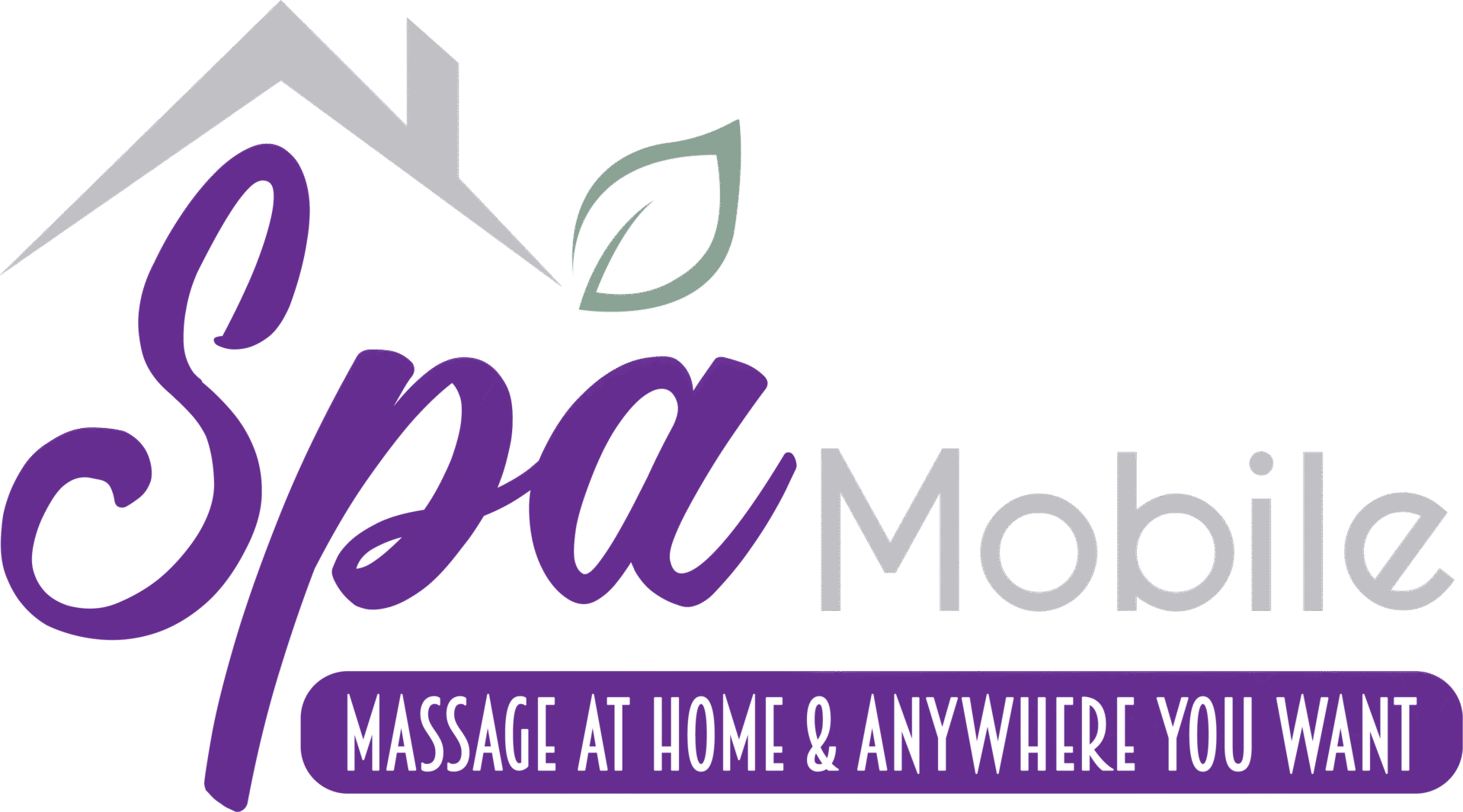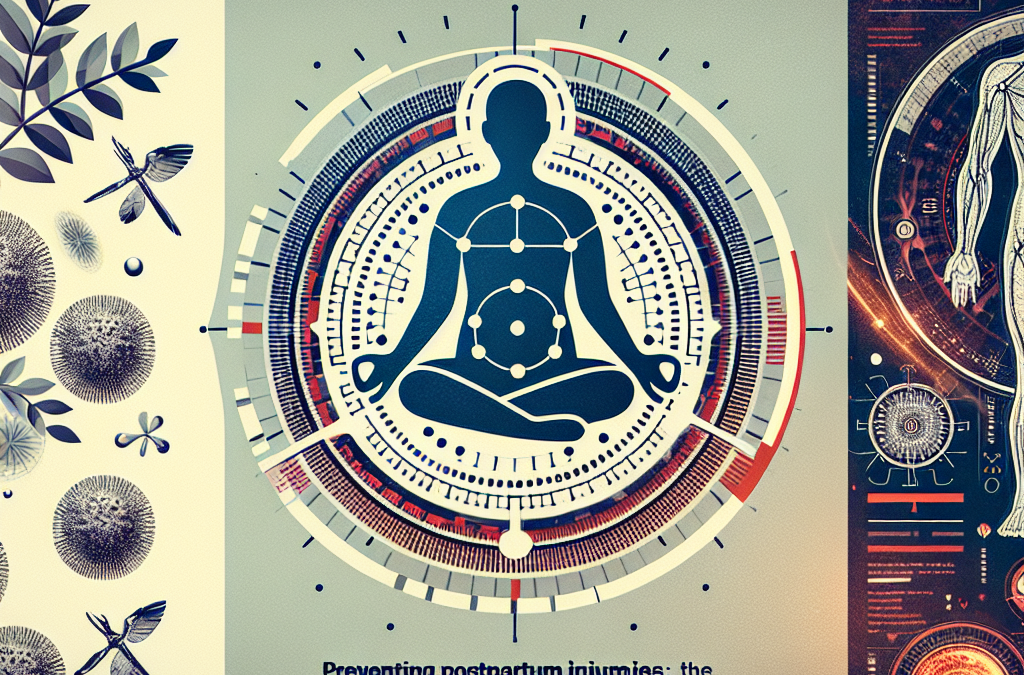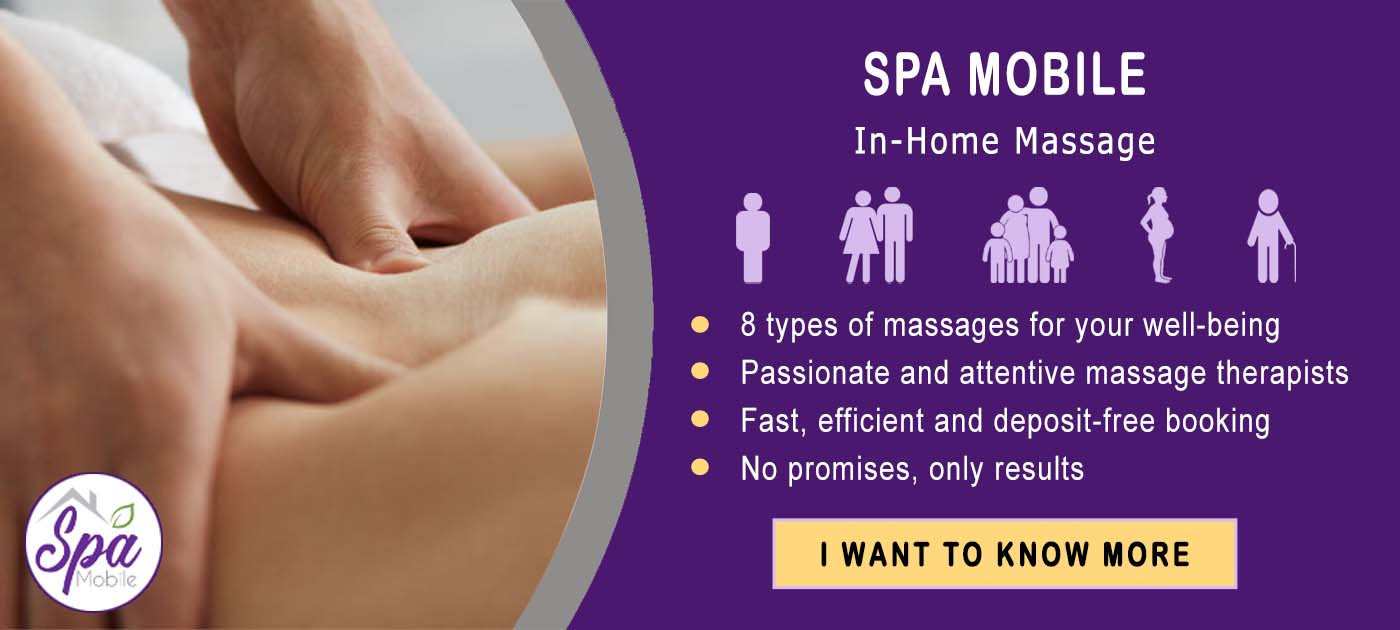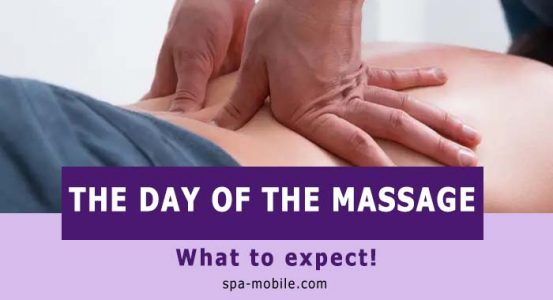Preventing Postpartum Injuries: The Benefits of Using Proper Body Mechanics
Introduction
The postpartum period is critical for new mothers as they recover from childbirth and adjust to the demands of caring for a newborn. New mothers must care for their bodies and prevent injuries during this time. One way to prevent postpartum injuries is to use proper body mechanics. This article will discuss the benefits of using proper body mechanics to prevent postpartum injuries and provide tips on how to do so effectively.
What are Postpartum Injuries?
Postpartum injuries refer to any injuries that occur in the weeks and months following childbirth. These injuries can range from minor discomfort to more severe conditions such as pelvic organ prolapse, diastasis recti, and back pain. Postpartum injuries are common among new mothers due to the physical toll that childbirth takes on the body. The pelvic floor muscles, abdominal muscles, and other muscle groups in the body are weakened during pregnancy and childbirth, making new mothers more susceptible to injuries during the postpartum period.
The Benefits of Using Proper Body Mechanics
Proper body mechanics during postpartum can help new mothers prevent injuries and promote faster recovery. Proper body mechanics involve using the correct posture, movement patterns, and techniques to reduce muscle and joint strain. New mothers can protect their bodies and prevent injuries by incorporating proper body mechanics into daily activities such as lifting, carrying, and breastfeeding. Some of the benefits of using proper body mechanics to avoid postpartum injuries include:
1. Reduced Risk of Pelvic Organ Prolapse
Pelvic organ prolapse is a common postpartum injury that occurs when the pelvic organs (such as the bladder, uterus, or rectum) descend into the vaginal canal due to weak pelvic floor muscles. Proper body mechanics can help new mothers strengthen pelvic floor muscles and prevent pelvic organ prolapse. New mothers can reduce the risk of developing pelvic organ prolapse by avoiding heavy lifting, squatting instead of bending over, and maintaining good posture.
Diastasis recti, or the separation of the abdominal muscles, is another common postpartum injury that can be prevented by using proper body mechanics. By avoiding movements that strain the abdominal muscles, such as crunches or sit-ups, new mothers can avert diastasis recti and promote the healing of the abdominal muscles. Using proper body mechanics during lifting, carrying, and bending activities can also help new mothers strengthen their core muscles and improve their overall stability.
3. Alleviation of Back Pain
Back pain is a common postpartum complaint among new mothers, especially those who have undergone a cesarean section. Proper body mechanics can help new mothers alleviate back pain by promoting good posture, lifting techniques, and movement patterns. By maintaining a neutral spine position, avoiding heavy lifting, and using proper body mechanics during daily activities, new mothers can reduce strain on the back muscles and prevent injuries.
Tips for Using Proper Body Mechanics During the Postpartum Period
As a new mother, it is essential to prioritize your health and well-being during the postpartum period. By using proper body mechanics, you can prevent injuries and promote faster recovery. Here are some tips for using proper body mechanics during the postpartum period:
1. Maintain Good Posture
Good posture is essential for preventing postpartum injuries and promoting overall health. During the postpartum period, new mothers should maintain a neutral spine position, engage their core muscles, and avoid slouching or hunching over. By sitting, standing, and walking with good posture, new mothers can reduce strain on their muscles and joints and prevent injuries.
2. Use Proper Lifting Techniques
Lifting heavy objects during the postpartum period can increase the risk of injuries, especially if new mothers do not use proper lifting techniques. When lifting objects, new mothers should bend at the knees instead of the waist, engage their core muscles, and use their leg muscles to lift the weight. New mothers can use proper lifting techniques to protect their back muscles and prevent strains and injuries.
3. Avoid Overexertion
New mothers need to listen to their bodies and avoid overexerting themselves during the postpartum period. Overexertion can increase the risk of injuries and delay the healing process. New mothers should take breaks when needed, ask for help with heavy lifting or tasks, and avoid pushing themselves beyond their physical limits. By pacing themselves and respecting their bodies’ limitations, new mothers can prevent injuries and promote faster recovery.
4. Practice Gentle Exercise
Exercise is essential to postpartum recovery, but new mothers should be mindful of the types of exercise they engage in and use proper body mechanics to prevent injuries. Gentle exercises such as pelvic floor exercises, walking, and gentle stretching can help new mothers strengthen their muscles, improve their posture, and prevent injuries. New mothers can protect their bodies and promote faster recovery by using proper body mechanics during exercise.
Conclusion
Preventing postpartum injuries is crucial for new mothers as they recover from childbirth and adjust to the demands of caring for a newborn. Using proper body mechanics, new mothers can reduce the risk of injuries and promote faster recovery. Proper body mechanics involve using the correct posture, movement patterns, and techniques to ease muscle and joint strain. New mothers can protect their bodies and prevent injuries postpartum by maintaining good posture, using proper lifting techniques, avoiding overexertion, and practicing gentle exercise. Prioritizing their health and well-being, new mothers can enjoy a smoother recovery and focus on bonding with their newborns.



